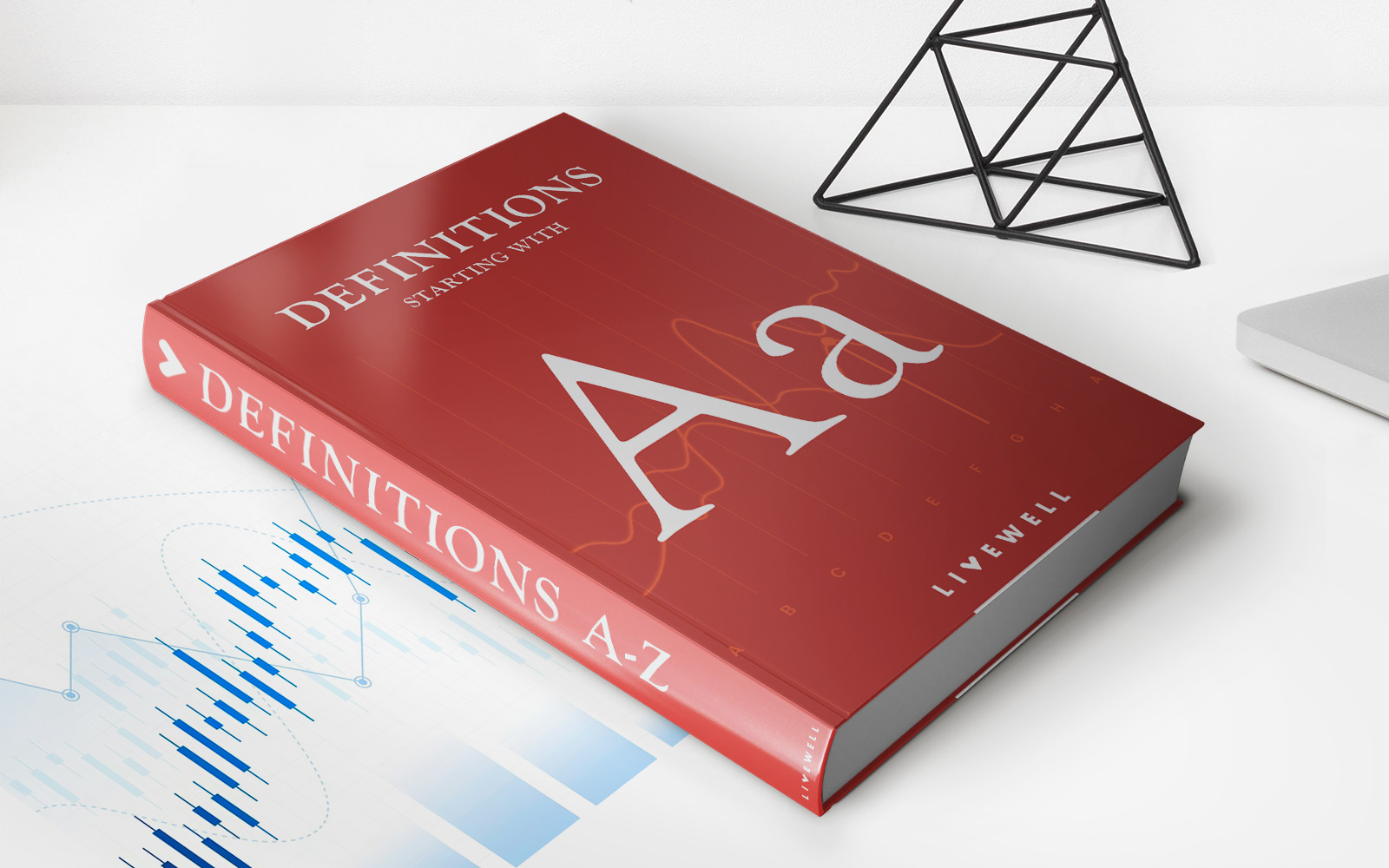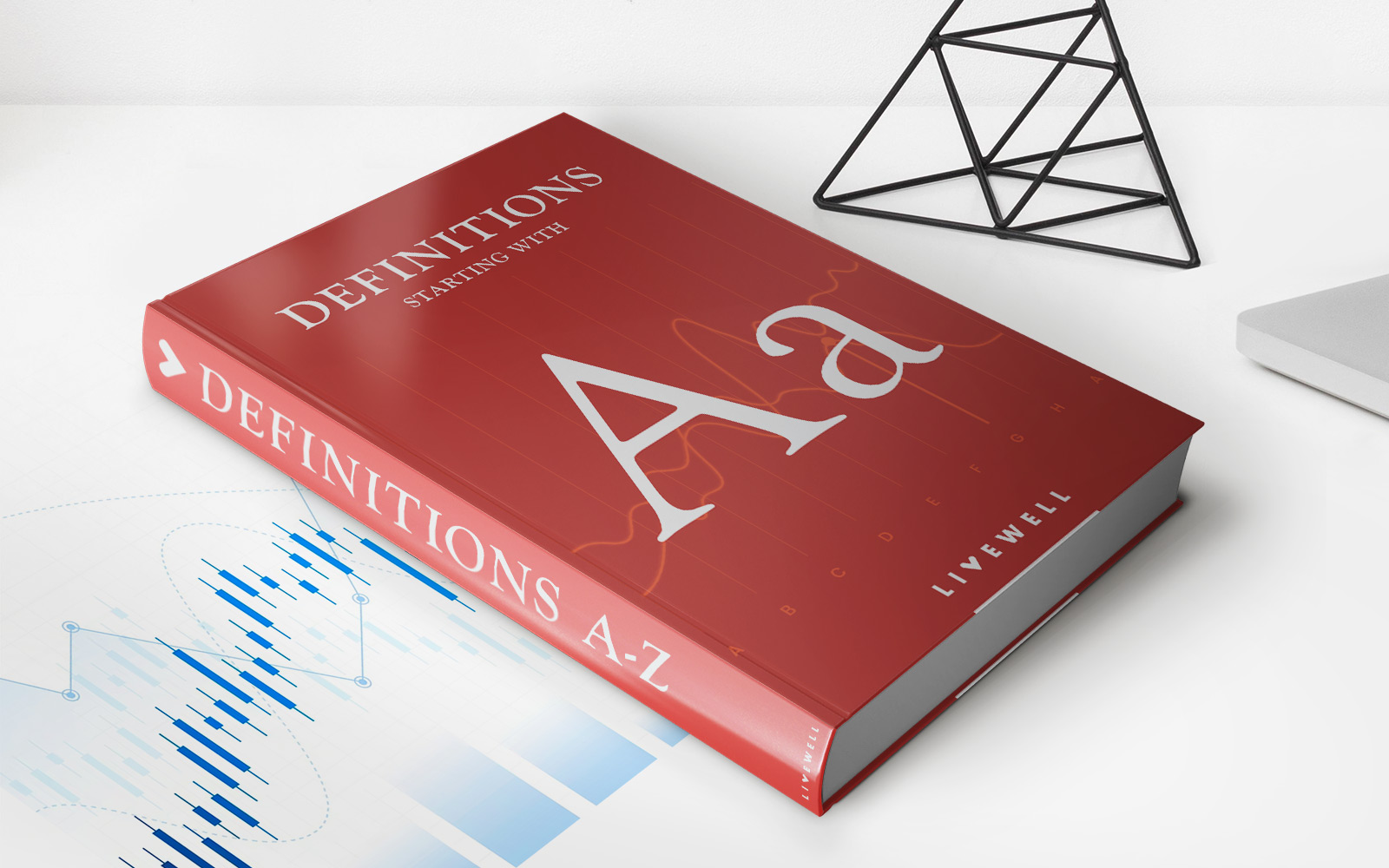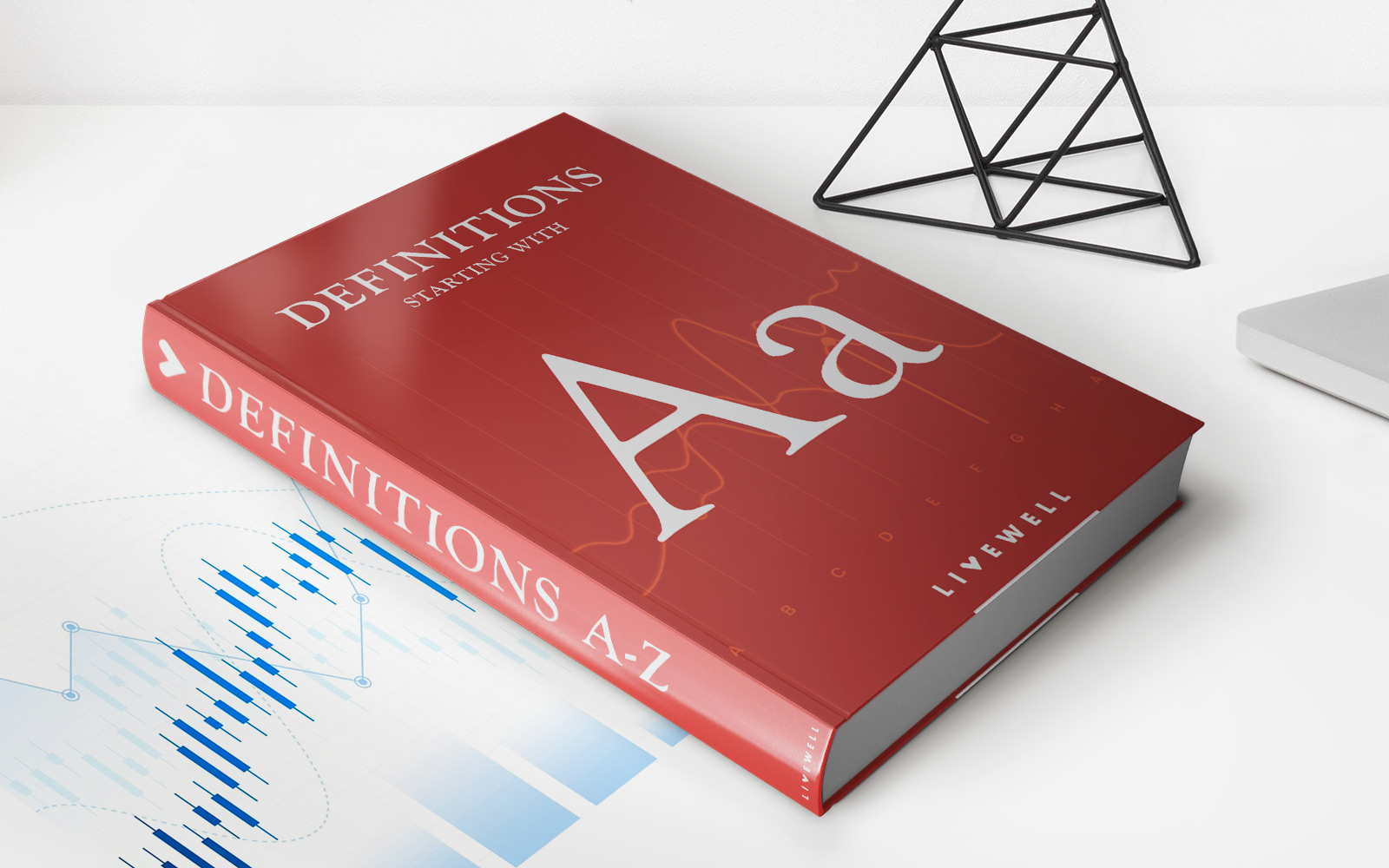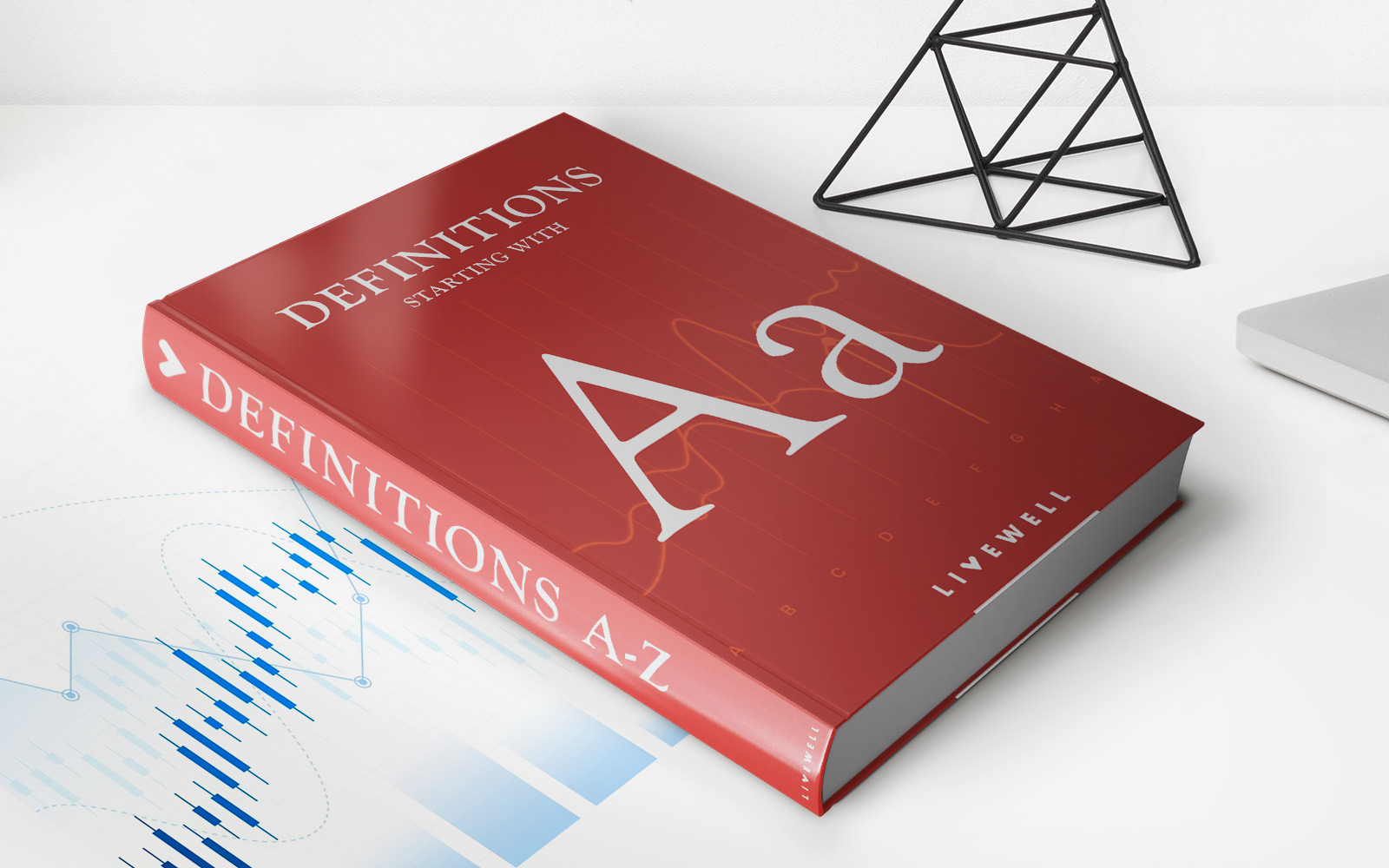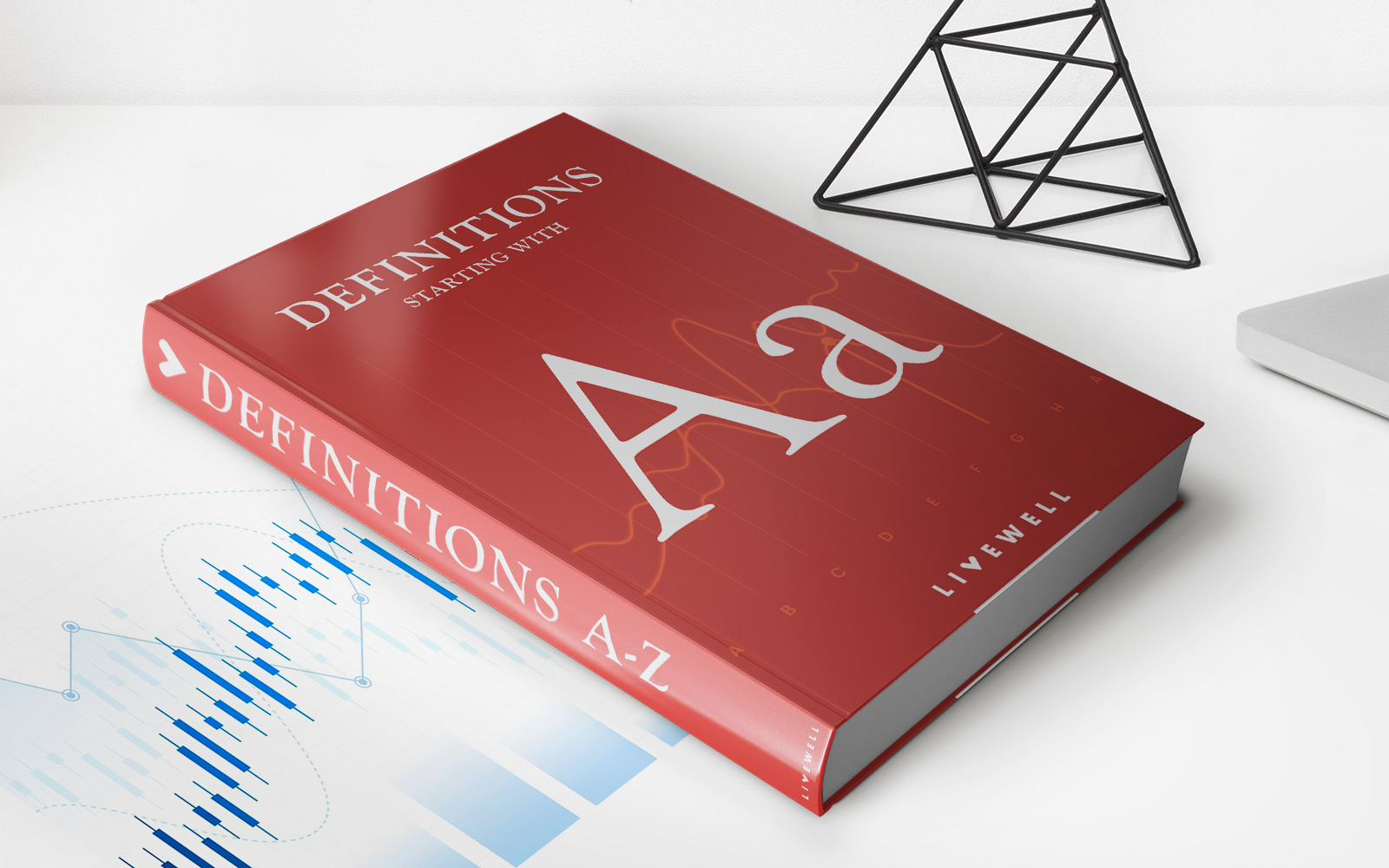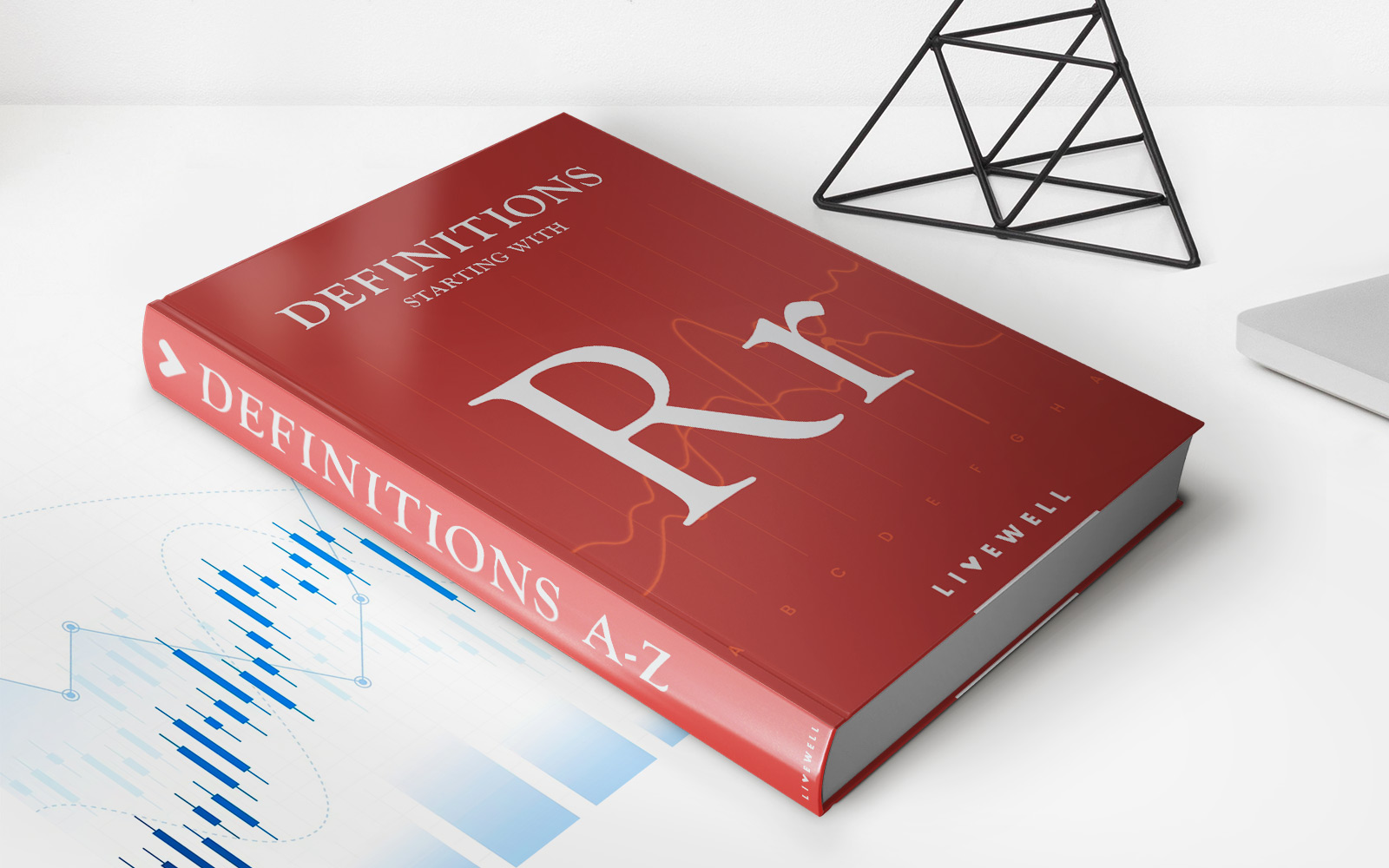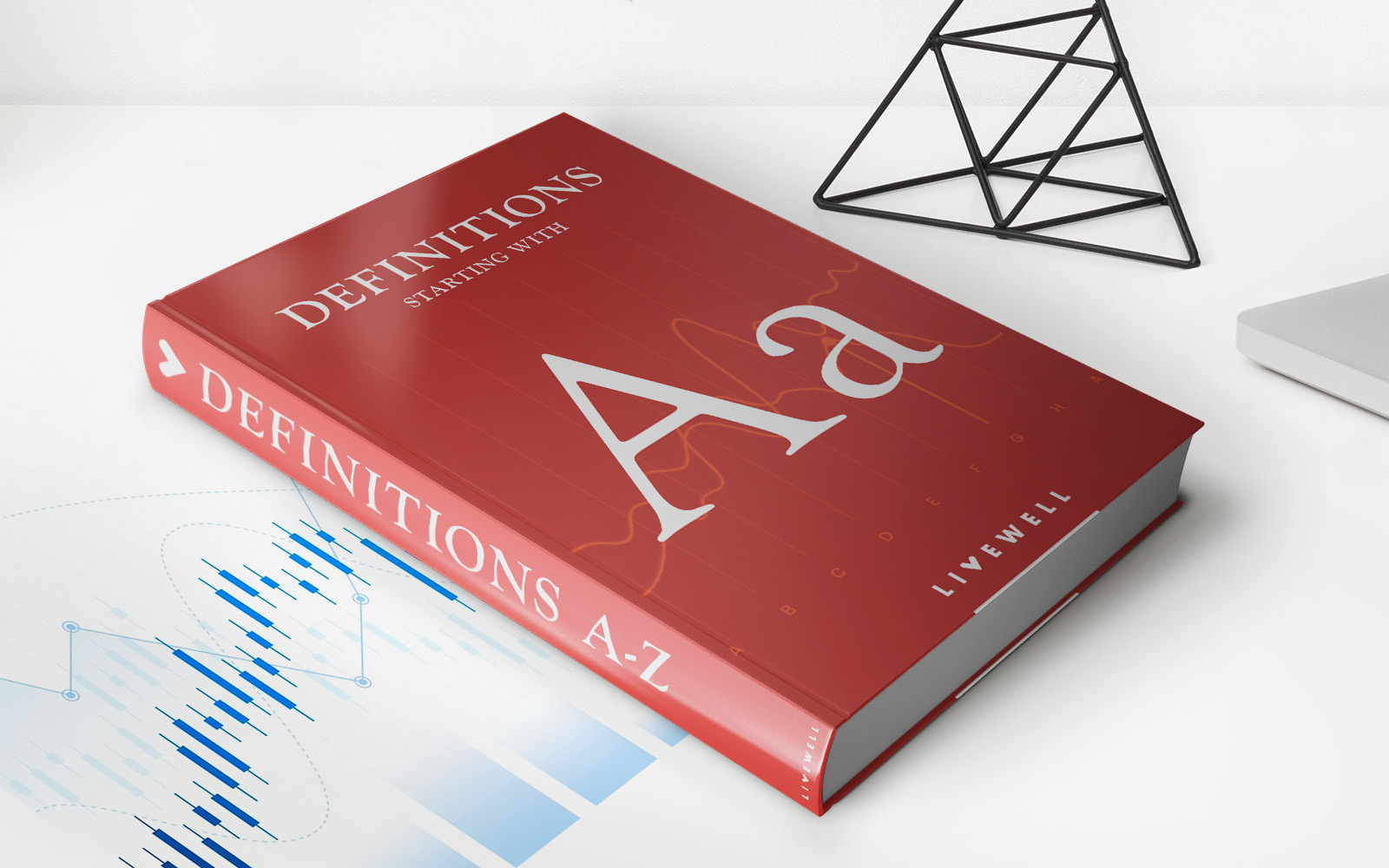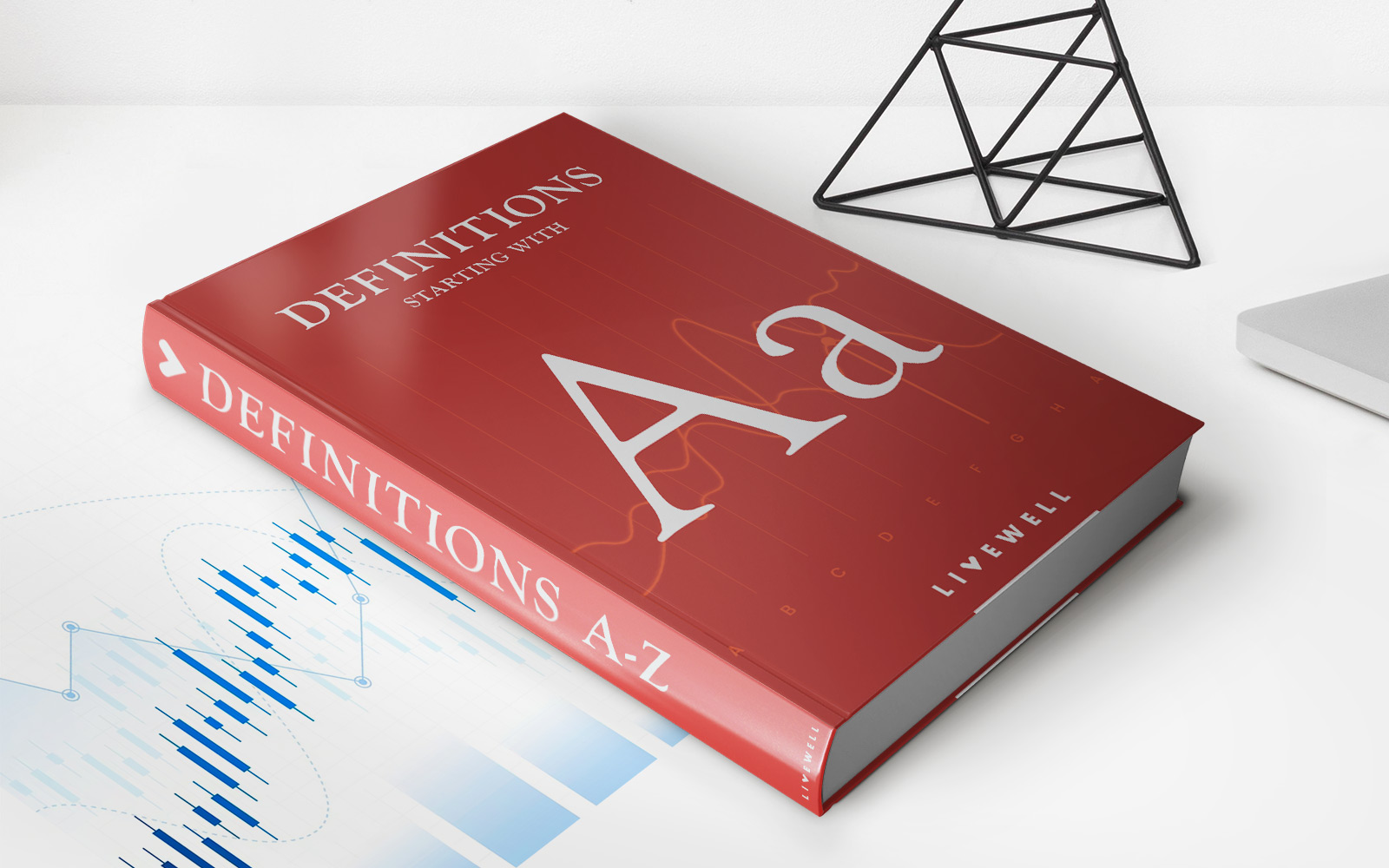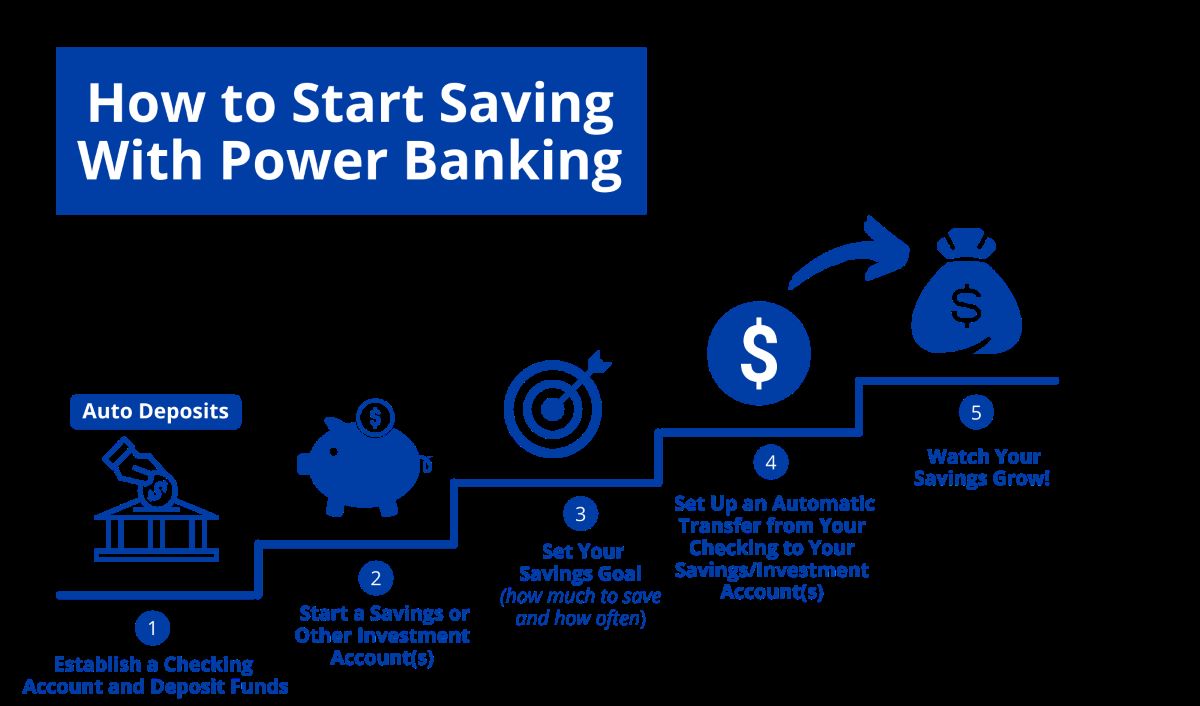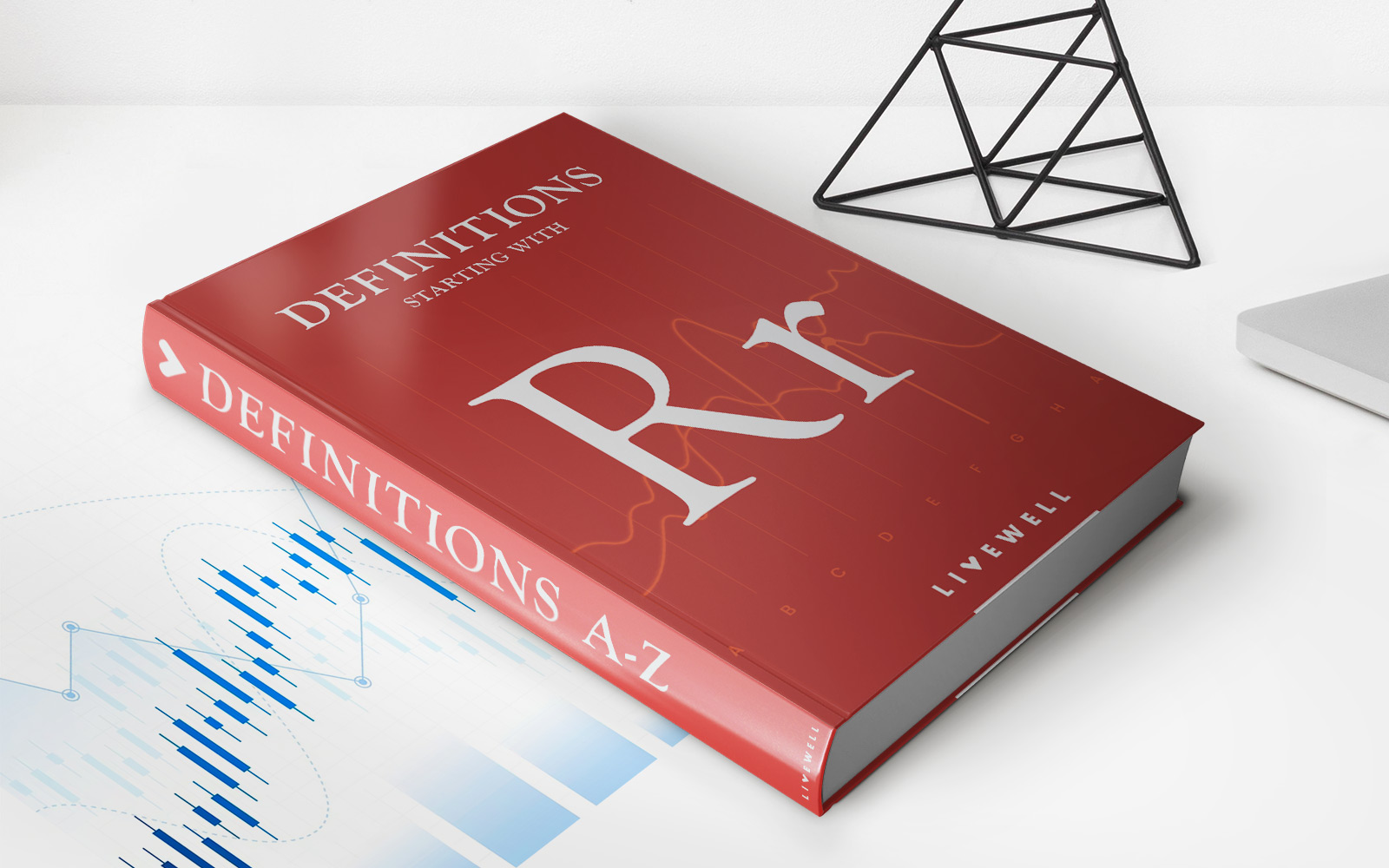

Finance
Rust Bowl Definition
Published: January 22, 2024
Learn the definition of Rust Bowl in finance and understand its implications for the industry. Discover how it affects financial markets and economic growth.
(Many of the links in this article redirect to a specific reviewed product. Your purchase of these products through affiliate links helps to generate commission for LiveWell, at no extra cost. Learn more)
The Rust Bowl Definition: Understanding the Financial Impact
When it comes to understanding the financial landscape, it’s crucial to be aware of different economic terms and concepts. One such term that has gained significance over the years is the Rust Bowl. But what does Rust Bowl mean, and how does it impact the finance sector? In this article, we will delve into the Rust Bowl definition, its historical background, and its implications for businesses and individuals alike.
Key Takeaways:
- The Rust Bowl refers to the industrial decline experienced in the Rust Belt region of the United States during the late 20th century.
- This decline was primarily caused by the loss of manufacturing jobs as industries moved overseas in search of cheaper labor and materials.
Understanding the Rust Bowl
The term “Rust Bowl” is a play on the widely-known term “Rust Belt,” which refers to a region in the northeastern and midwestern United States known for its heavy industry and manufacturing. The Rust Belt states, including Ohio, Pennsylvania, Michigan, and others, experienced a significant decline in their manufacturing sectors during the late 20th century.
This decline was primarily driven by the globalization of industries and the outsourcing of manufacturing jobs to countries with lower labor costs. As the manufacturing plants in the Rust Belt region closed down due to lack of competitiveness, the region witnessed a rise in unemployment rates and a subsequent decline in economic output.
With the loss of manufacturing jobs, the Rust Belt region’s economy shifted away from heavy industry and experienced a decline in its overall economic productivity. This resulted in a ripple effect, affecting businesses at all levels, from local suppliers to small enterprises and larger corporations. The region’s communities were hit hard, and the impact can still be seen today.
The Financial Implications for Businesses and Individuals
The Rust Bowl had far-reaching effects on both businesses and individuals. Here are a few key aspects to consider:
- Unemployment rates and job opportunities: The decline in the manufacturing sector led to a significant increase in unemployment rates in the Rust Belt region. This, in turn, affected the job opportunities available to individuals, making it more challenging to find stable employment.
- Economic decline: The Rust Bowl resulted in an overall economic decline in the affected regions. This decline affected various economic indicators, such as Gross Domestic Product (GDP) and per capita income, leading to a reduction in living standards for many residents.
- Dependency on government aid: As job opportunities decreased, many individuals and families had to rely on government aid programs to sustain themselves. This further strained government budgets and resources.
- Business closures and relocations: The closure of manufacturing plants and the decline in economic activity led to a significant number of business closures or relocations. Small businesses, which relied on the manufacturing sector, were especially affected by this shift.
It is important to note that the Rust Bowl is not solely an issue of the past. Although many Rust Belt cities have made efforts to diversify their economies and attract new industries, the impacts of the decline are still evident in the form of abandoned factories, disinvested neighborhoods, and struggling communities.
While understanding the Rust Bowl is crucial for anyone interested in finance and economic history, it also serves as a reminder of the need to adapt and innovate in an ever-changing economic landscape. By diversifying industries, investing in education and skills development, and supporting entrepreneurship, regions can mitigate the risks associated with overreliance on a single sector and create a more resilient economy.
So, the next time you come across the term Rust Bowl, remember its historical significance and the lessons it offers to ensure economic prosperity.
